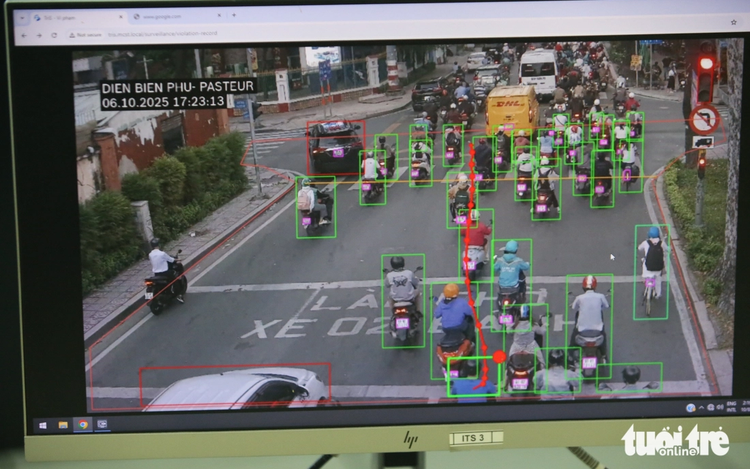
The modern AI camera system can simultaneously detect a group of violations, such as running red lights, driving in the wrong direction, and driving in the wrong lane, and quickly analyze the violations. Regular cameras can only detect one violation at a time. Photo: Minh Hoa / Tuoi Tre
A representative from the Ho Chi Minh City Traffic Police said on Wednesday that in just one month, from September 1 to October 3, the AI camera system at intersections across the city recorded over 3,100 traffic violations.
Currently, Ho Chi Minh City has an extensive traffic monitoring system comprising 530 traffic cameras in the central area, nine automated speed-monitoring cameras, 31 AI violation-detection cameras, and 47 additional cameras funded by the Traffic Police Department under the Ministry of Public Security.
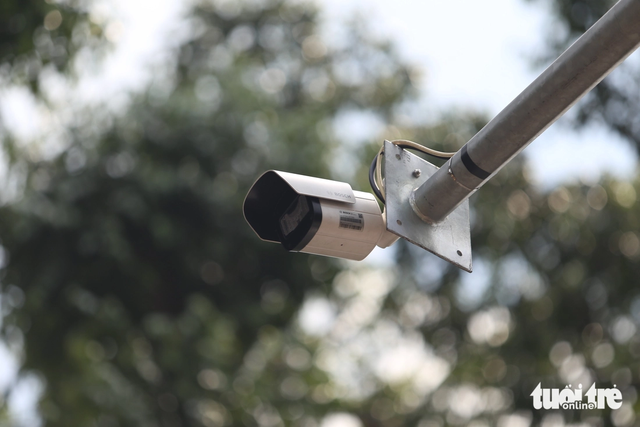
AI cameras, such as the one installed at the Dien Bien Phu - Truong Dinh Intersection in Ho Chi Minh City, are capable of detecting multiple types of traffic violations at once with high accuracy and clarity.
These include seven for speed monitoring, eight for traffic light compliance, five for monitoring illegal parking or driving in the wrong direction, eight for license plate recognition, and 19 for general traffic observation.
As many as 710 surveillance cameras of the command center of the Ho Chi Minh City Department of Public Security are also utilized to support traffic management and violation processing.
The AI camera system can automatically detect and record multiple types of violations simultaneously and transmit data to a central server where violations are categorized and displayed with relevant vehicle information, including license plate, brand, color, and registered owner details.
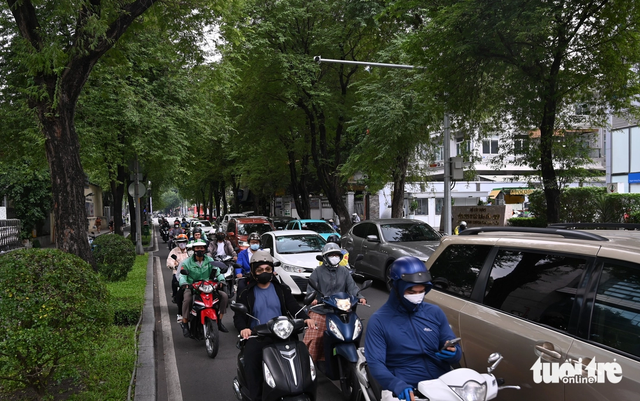
Unlike traditional cameras, which can only detect a single violation at a time, AI cameras can simultaneously identify multiple infractions. For example, where older systems might record a driver running a red light, AI cameras can now detect a person committing several violations at once, such as running a red light, not wearing a helmet, and driving in the wrong lane.
Technical staff verify the data before uploading it to the traffic fine database within eight to 10 days for processing.
According to the municipal traffic police, AI cameras have gradually influenced driver behavior and improved public compliance with traffic laws.
In areas where these AI systems are installed, common violations, such as running red lights, improper lane changes, driving against traffic, and using mobile phones while driving, have significantly decreased.
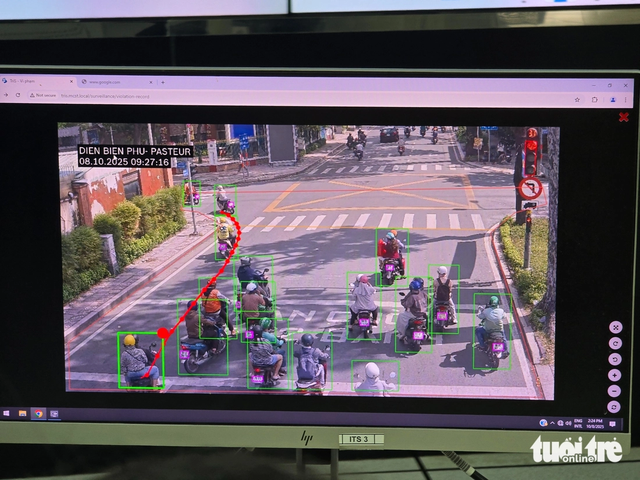
A delivery rider is caught by the AI camera running a red light at the Pasteur - Dien Bien Phu intersection in Ho Chi Minh City.
AI cameras have been installed at key intersections across Ho Chi Minh City, including Dien Bien Phu – Truong Dinh, Dien Bien Phu – Le Quy Don, Dien Bien Phu – Tran Quoc Thao, Nguyen Thi Minh Khai – Pasteur, Nguyen Thi Minh Khai – Mac Dinh Chi, and Dang Thuc Vinh – Le Van Khuong.
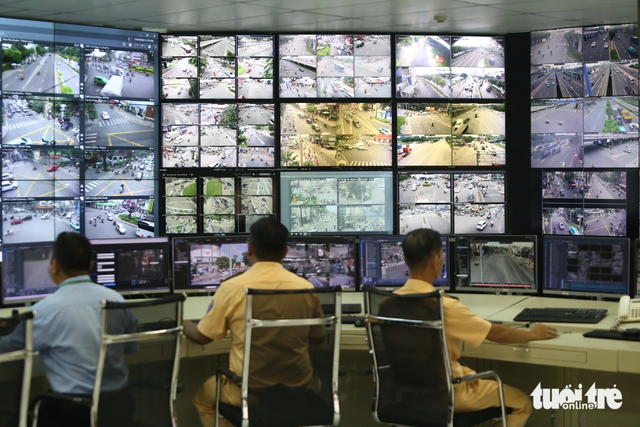
Traffic police officers monitor the AI camera system.
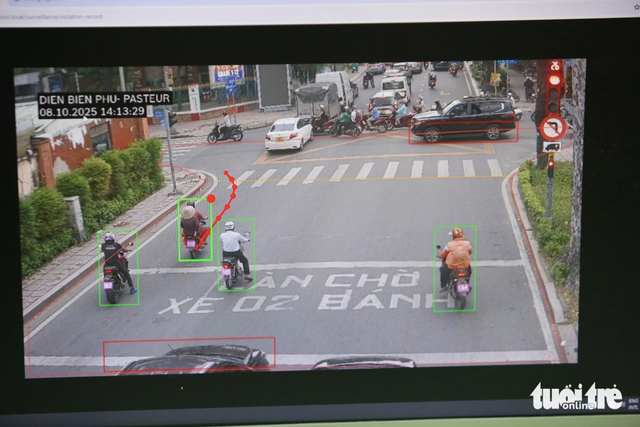
Each day, AI cameras in Ho Chi Minh City are capable of detecting hundreds of traffic violations.
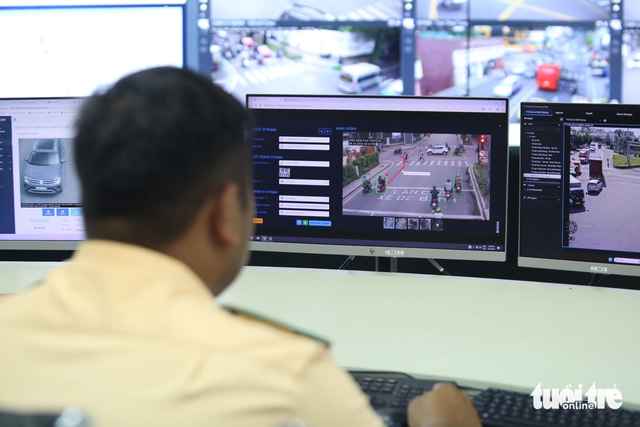
Once a violation is detected, the AI camera sends the image data to the central system. After analyzing the violation, traffic officers issue post-violation fines.
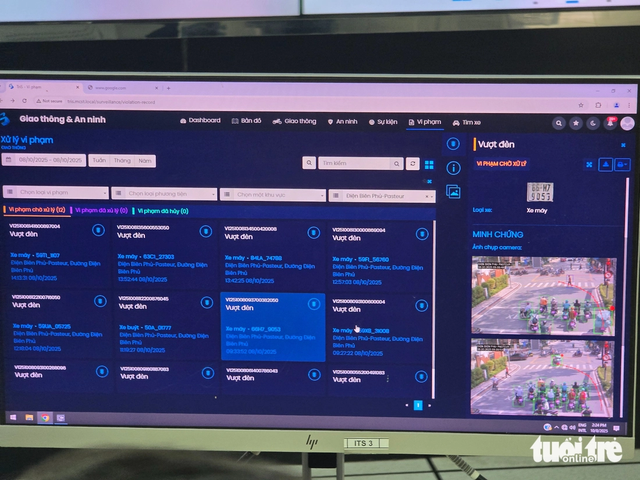
Details such as the license plate number, type of vehicle, and exact location of the violation are automatically and clearly displayed after the AI cameras detect the offenses.
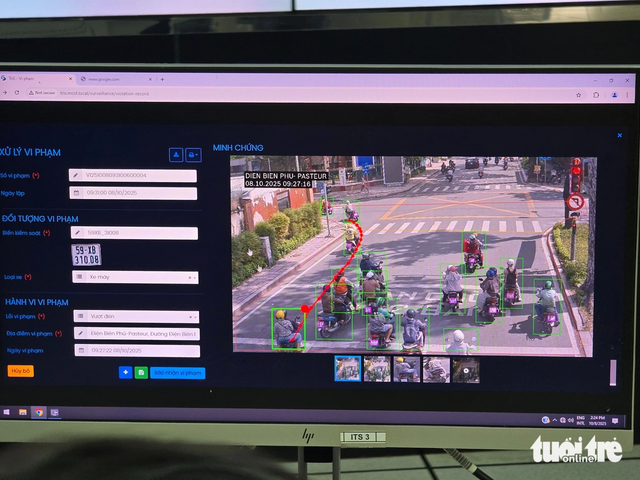
The violation time, location, and license plate information are updated quickly and accurately, with all data transmitted directly to the command center of the Ho Chi Minh City Department of Public Security.


Max: 1500 characters
There are no comments yet. Be the first to comment.